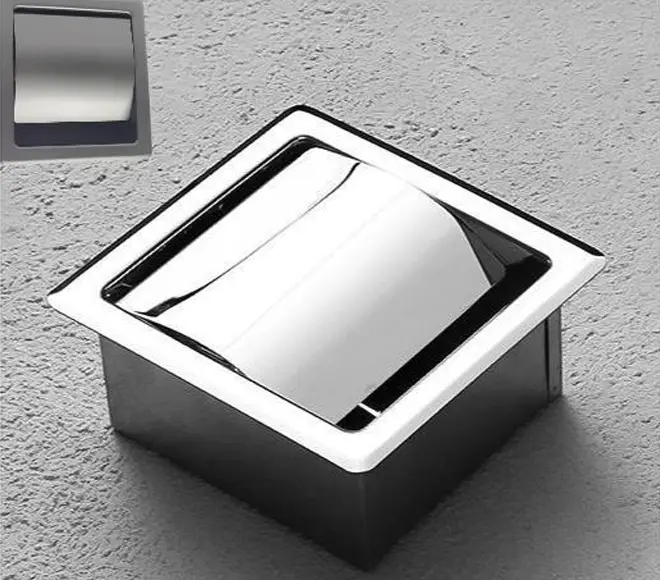Choosing the right sink is crucial for both residential and commercial kitchens, especially when durability and scratch resistance are top priorities. In this article, we explore which types of sinks offer the highest level of scratch resistance, analyze material properties, manufacturing techniques, and surface treatments. Material Considerations | Manufacturing Techniques | Surface Treatments | Application Scenarios | Conclusion
Material Considerations: Why Stainless Steel Excels
When discussing scratch resistance, material selection is fundamental. Among various options, Özel Paslanmaz Çelik Evye solutions made from SUS 304 stainless steel consistently outperform other materials. SUS 304, containing 18% chromium and 8% nickel, offers excellent corrosion resistance while maintaining structural integrity under heavy use. Many models, such as the TGR-FS3021 apron front sink, utilize a thickness of 3+1.2 mm, enhancing impact resistance and minimizing surface deformation that can lead to scratches.
Additionally, stainless steel sinks allow for precise engineering of radii (R0, R5, or R10), enabling designers to reduce vulnerable edges where scratches often start. The black nano coating option available on several models further contributes to surface hardness, providing an additional protective barrier.
Manufacturing Techniques Enhance Surface Durability
Handmade sinks, particularly those fabricated through deep drawing and precise welding, display superior scratch resistance compared to mass-produced pressed sinks. For example, models like the TGR-DR3219 double bowl sink feature reinforced corners and uniform thickness achieved through advanced welding, which minimizes weak points. The combination of 3+1.2 mm thickness and brushed finish ensures daily wear does not compromise appearance.
Furthermore, certain commercial-grade sinks integrate honeycomb or non-honeycomb surface structures, like those seen in the WF7546 Black waterfall sink series. These structural features provide extra rigidity and absorb localized impacts more effectively, reducing visible scratches over time.

Özel Tuvalet Kağıdı Askısı
Surface Treatments: From Brushed to Nano Coatings
The surface finish plays a significant role in scratch resistance. Brushed finishes, commonly used in professional kitchens, help hide minor abrasions by dispersing light reflection. In contrast, matte black or nano-coated surfaces offer increased surface hardness. For instance, the black nano coating applied on the WWF8046 Black waterfall sink significantly enhances scratch and stain resistance while maintaining a sleek aesthetic.
Moreover, multi-layered finishes, such as those combining brushed and nano treatments, provide dual protection. These treatments ensure sinks maintain their appearance longer, even under intensive use in commercial environments.
Application Scenarios: Commercial vs. Residential
Commercial kitchens and high-end residential projects often prioritize functionality and longevity. For large-scale catering facilities, Özel ticari evyeler using heavy-gauge stainless steel and reinforced design ensure minimal maintenance downtime and longer service life.
On the other hand, residential applications value both performance and design flexibility. Options such as TGR-B6040 bathroom sinks or TGR-FS3021 apron front models offer a combination of aesthetic appeal and robust scratch resistance, ideal for modern home kitchens or bathrooms seeking a premium look without sacrificing durability.
Conclusion: Choose Stainless Steel for Maximum Scratch Resistance
In summary, the most scratch-resistant sinks are those made from SUS 304 stainless steel with advanced manufacturing and surface treatments. Handmade construction, thicker gauge material, and nano or brushed finishes collectively contribute to superior durability. Whether for commercial or residential use, investing in a well-engineered stainless steel sink minimizes maintenance costs and preserves visual appeal for years.
For tailored solutions, explore our range of Custom Sink Accessories to further enhance functionality and protection.







